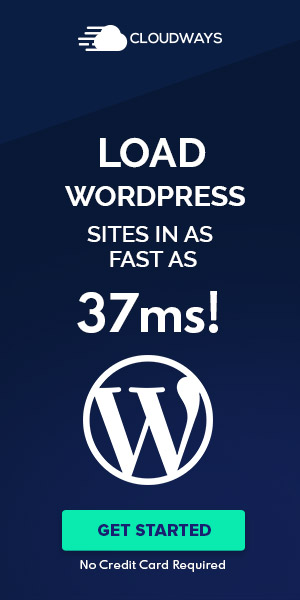Introduction
In WordPress, a plugin is a small software application that extends the features and functions of a WordPress website.
WordPress gives the user/designer, a freedom to upload and take benefit from any number of free, paid and custom plugins available for use. Plugins are tiny but they make a huge difference! They add desired functionalities to your site, can make your site more optimized and user-friendly.
WordPress plugins are the backbone of a versatile and powerful website, enhancing functionality and adding features with just a few clicks. However, navigating the world of plugins requires a strategic approach to ensure your site remains secure, efficient, and user-friendly. In this guide, we’ll delve into the essential do’s and don’ts of using WordPress plugins, with insights and recommendations from the experts at W3Mind. Whether you’re a beginner or a seasoned developer, these tips will help you make the most of your plugin choices.
For more details, see our step-by-step guide on how to install a WordPress plugin.
Table of Contents
Do’s
- Research Thoroughly: Before you install any plugin, do your research. Read reviews, check the plugin’s compatibility with your version of WordPress, and assess its update frequency. Opt for plugins that are well-maintained and have positive user feedback.
- Keep Plugins Updated: Regular updates ensure compatibility, security fixes, and access to new features. Always keep your plugins updated to maintain the integrity of your site and protect it from potential vulnerabilities.
- Use Reputable Sources: Download plugins from trusted sources such as the WordPress Plugin Repository or reputable plugin marketplaces. Avoid downloading plugins from unreliable websites, as they might contain malicious code.
- Test in Staging: Before adding a new plugin to your live site, test it in a staging environment. This allows you to identify any conflicts with existing plugins or themes and prevent potential disruptions.
- Back Up Regularly: Back up your website regularly, especially before installing new plugins or making significant changes. In case anything goes wrong, you can easily restore your site to a previous state.
Dont’s
- Overload with Plugins: While plugins offer amazing functionality, too many can slow down your site and create conflicts. Only install the plugins you truly need, and consider if a single plugin could achieve multiple functions.
- Neglect Speed Optimization: Bloated or poorly coded plugins can drastically slow down your website’s loading speed. Opt for lightweight and well-optimized plugins to maintain a fast and smooth user experience.
- Ignore Compatibility: Not all plugins work seamlessly together. Avoid installing plugins that are known to conflict with your current setup. Always check compatibility before installation.
- Disregard Security: Be cautious with the plugins you choose. Poorly coded or outdated plugins can become entry points for hackers. Stick to reputable sources and keep your plugins updated for enhanced security.
- Forget User Experience: A cluttered interface or excessive pop-ups can harm user experience. Ensure that the plugins you use contribute positively to your site’s usability and engagement.
Conclusion
Using WordPress plugins effectively involves striking a balance between functionality, performance, and security. By following the do’s and avoiding the don’ts outlined in this guide, you’ll be well-equipped to enhance your website while maintaining its integrity. Remember, each plugin should serve a specific purpose and align with your site’s goals. With W3Mind’s insights, you can confidently navigate the world of WordPress plugins and create a website that stands out for all the right reasons.





